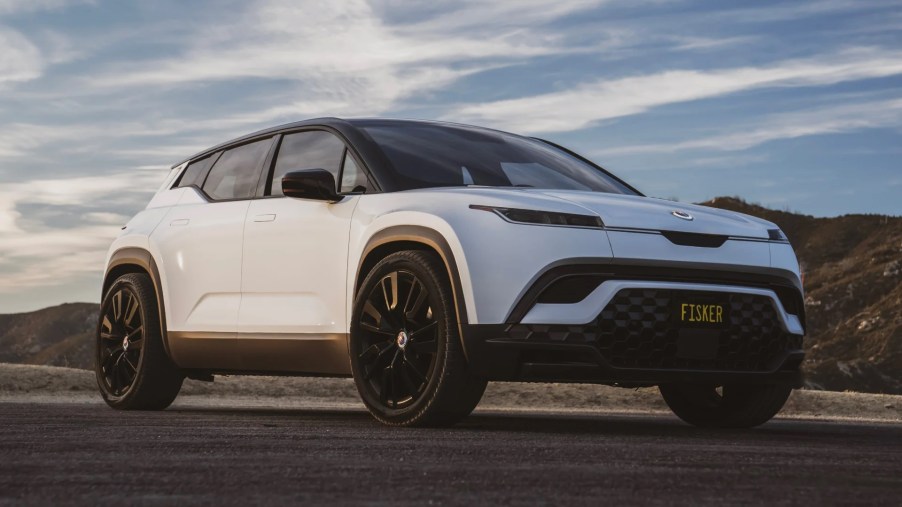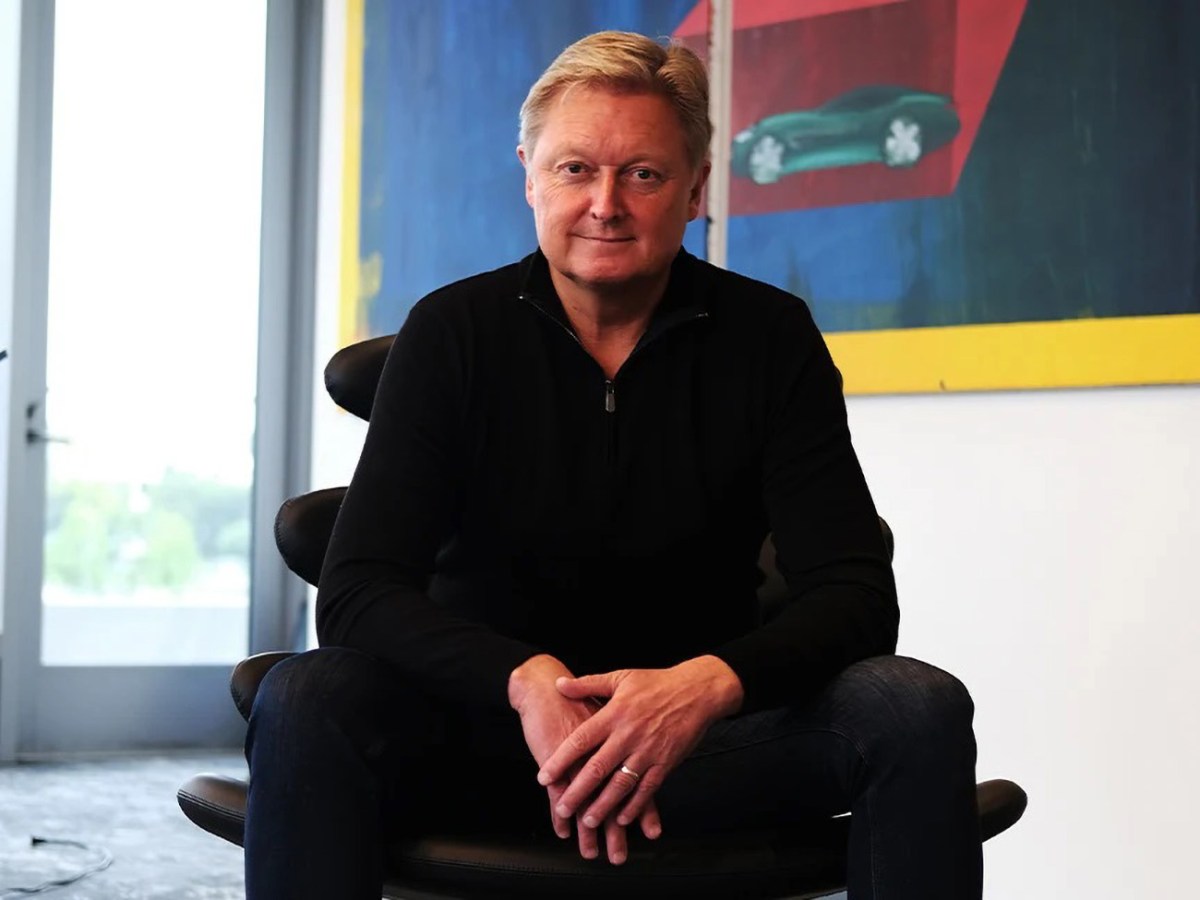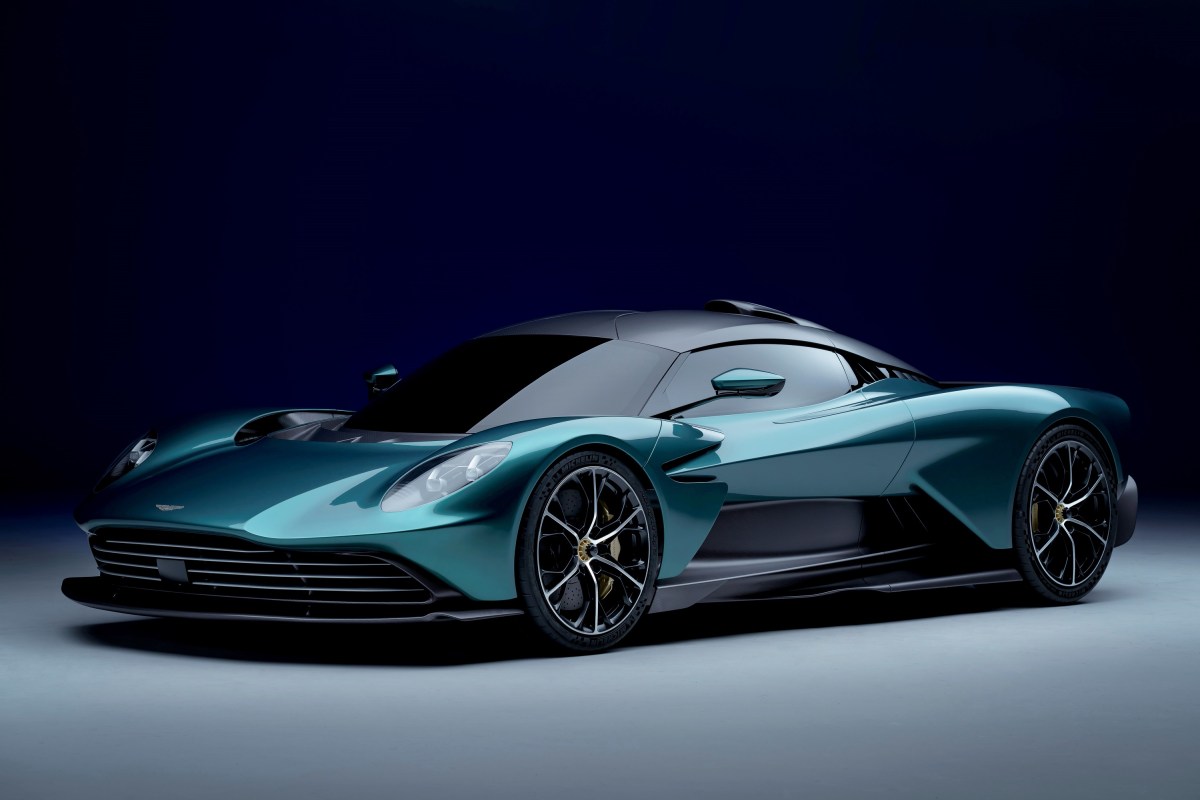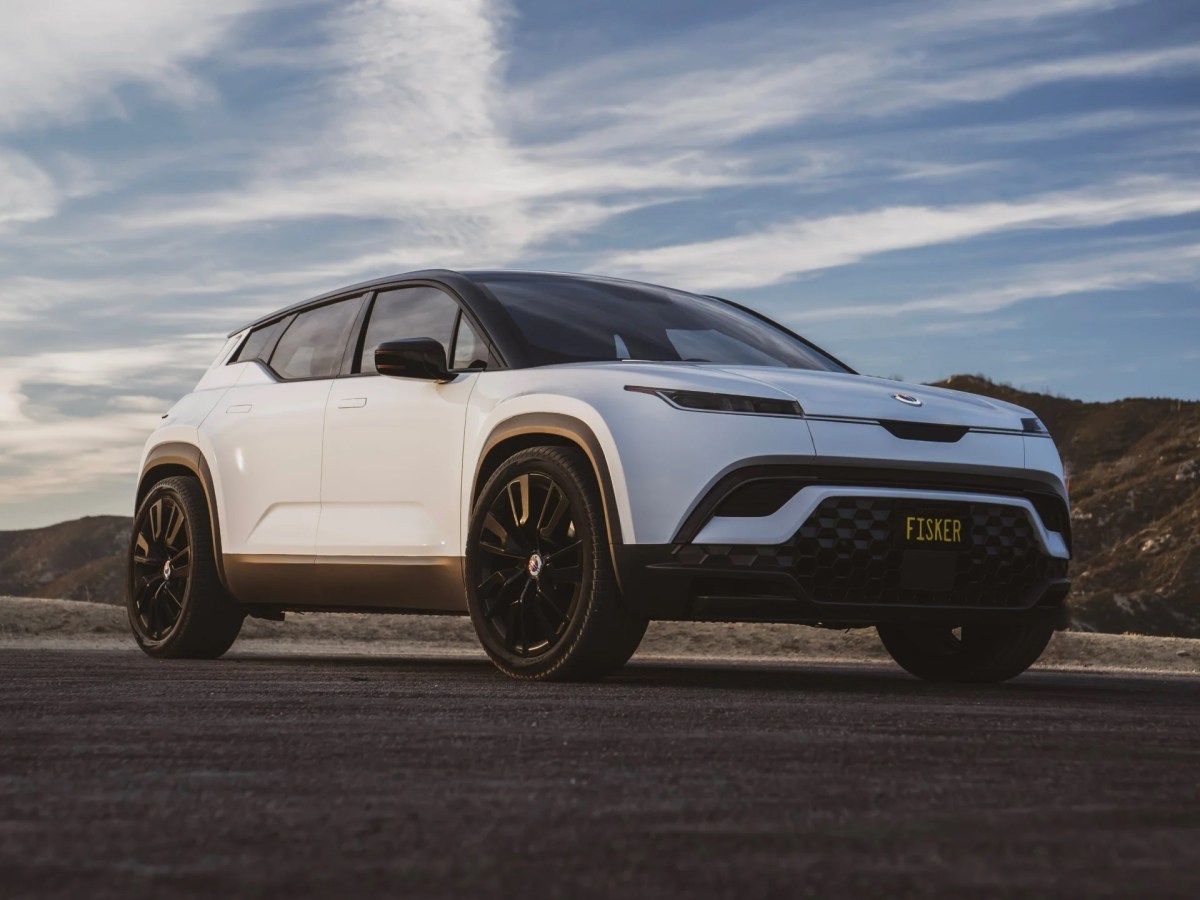
Fisker Automotive Going After High-End Competitors
Fisker Automotive will likely turn into a cult classic automotive brand in the not too distant future when enthusiasts look back on the rise of EVs. The brand’s founder Henrik Fisker started as a designer for Aston Martin and BMW before starting his own company. Now Fisker says he plans to target the high-end low-volume market.
Fisker Automotive wants to take on premium market rivals

Fisker Automotive started with a range-extender hybrid vehicle called the “Karma,” meant for high-volume production. However, fluctuations in the economy and a forward-thinking mentality pushed the automaker toward 100% electric vehicles. Its first battery electric vehicle is called the “Ocean” and is nearing completion. However, according to a report from Automotive News, Fisker is already planning for what’s next.
Fisker Automotive is developing two new models that will be “high-end, low-volume models,” according to Henrik Fisker.
The new models will come in above the upcoming Ocean SUV and the more affordable, high-volume EV called the “Pear” (Personal Electric Automtoive Revolution). Fisker’s new vehicles will target customers that would typically buy “traditional high-end brands.” Fisker did not name any brand specifically, so he could be referring to anything from Land Rover to Rolls-Royce.
Fisker’s goal with these future low-volume vehicles is to attract clientele looking for luxury but also something different.
“We have to get car enthusiasts behind us and to do that we want to have a smaller group to create some really dramatic unique car enthusiast vehicles,” said Fisker. The CEO plans to build a new R&D center located in the U.K. to develop the new vehicles.
Fisker’s new R&D center will be led by talent from a competitor

The new Fisker Automotive R&D center will be led by David King, the former special projects director at Aston Martin. One of the core competencies of the new R&D facility will be working with specialized exterior materials like aluminum and carbon fiber.
“That is where David’s strengths come in having worked with these high-end materials,” said Fisker.
Fisker’s production target for the new vehicles will be between 5,000 and 10,000 per year. The Ocean and Pear, on the other hand, have production targets of 50,000 to 100,000 per year. If things go Fisker’s way, the two new low-volume models will launch in 2024.
One of the new models will have a rough target price between $80,000 and $90,000, while the other lower-volume vehicle will have an MSRP of somewhere near $115,000.
The Fisker Ocean is set to deliver in 2022

The Fisker Ocean SUV and the upcoming Pear EV will be crucial for the automaker’s plans. After all, if the Ocean and Pear do not sell, the automaker will have a much harder time funding the development of the following two vehicles.
The final production version of the Fisker Ocean is set to debut at the LA Auto Show this year, while deliveries of the SUV are set for November 2022. The exterior styling of the Ocean SUV will be “pretty much the same” as the concept that initially debuted at CES (Consumer Electronics Show) in 2020. However, the interior will be totally different than the concept.
Will Fisker Automotive’s plan to start with a mid-range SUV and end with two aspirational, low-volume EVs lead the automaker toward longevity? Reactions to the Ocean’s debut will be an indicator.


